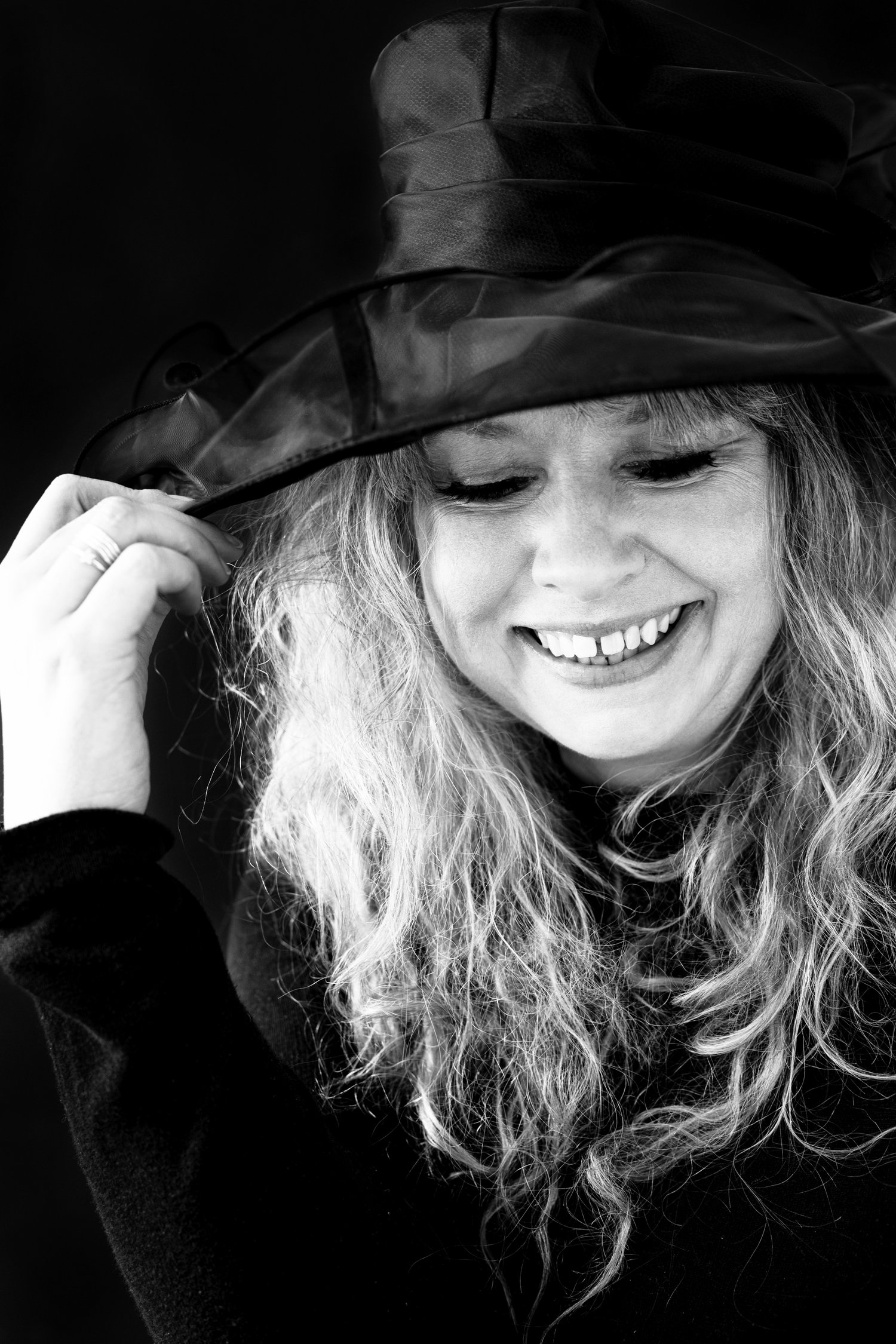I am a creative designer with an anorak obsession about great type and gorgeous books. Experienced in UI design and geeky about using design to solve social problems, I know HTML and CSS, and use Adobe Creative Suite programs daily. I spent two years at the Cambridge School of Art studying for a Masters in Graphic Design and Typography from 2013-2105. I have a oodles of working practice in branding, print, digital and advertising and have run the design and production of weekly and monthly magazines, working with United Parcel Service, United Business Media and the Teenage Cancer Trust.
My work has been shown at the Ruskin Gallery, Cambridge Futures and Anglia Ruskin University. Walk In Our Shoes has been entered into the Creative Conscience Awards and was a finalist in the Cambridge Digital Awards 2017.
I have a City and Guilds in glass work and volunteer at the Cambridge Museum of Technology in the print room.
I live in Cambridge with my printer husband and our rescue dog, Molly.
If you're interested in working me with, please do get in touch.
From 2013 to 2015, I completed a Masters in Graphic Design and Typography at the Cambridge School of Art.
This degree encourages the development of a creative, enquiring and critical approach to the graphic image and its uses in contemporary practice, covering traditional craft processes to digital image making, exploring the graphic image and its uses, in both web based and print formats. Key aspects of a masters include social, political, environmental and commercial contexts of graphic design, and the processes by which graphic design operates to convey meanings in various environments.
The Masters comprised four modules over 2 years:
Interpretation and Origination: Modes of Graphic Authorship: the focus of this module was to work with an external source to enable graphic design to offer a solution. www.walkinourshoes.org and the accompanying booklet put forward the alternative view from men and women who have suffered child loss or are childless through any circumstance. Powerful graphics and a personal photo give a voice to those who can be marginalised in media and society. Walk In Our Shoes aims to bridge that gap. The site continues to be cultivated and has it's own Facebook page.
Process and Practice as Research explored the neurological effects of synaesthesia and how this affects the presentation of digital media. The module asked if synaesthesia could be explained through a study of textures and feelings in a series of workshops.
Typographic Enquiry investigated the work of Thomas Langdon, an Elizabethan surveyor. The project digitised Langdon's handwriting from a 1617 map of a Cambridgeshire village, Balsham, produced for the London Charterhouse. The type will continue to be developed for use in a 400 year anniversary event to celebrate the publication of this celebrated map of the London Charterhouse estate.
Master's Dissertation: Art and Design explores the role of Cambridge University Press designer and typographer John Peters. The piece contrasts the working conditions and evaluates the practices of the Press at the time through his papers and archives. Can designers from publishing learn from the designers who began their trade in print? This dissertation will result in an exhibition at the Cambridge University Press museum in 2017 and the final, peer reviewed piece will be published in print journals.
Master's Project: Art and Design is a social design project giving a voice and face to people born with hidden disabilties. The project aims to create a toolkit containing advice from those who live with neurological conditions to show to friends, family and employers to enable them to live a better life and boost self esteem. This project has been sent to the Dyspraxia Foundation for exhibition. The posters are on display at Anglia Ruskin University.
